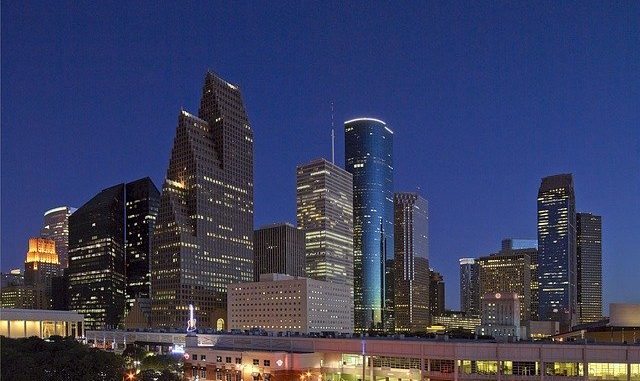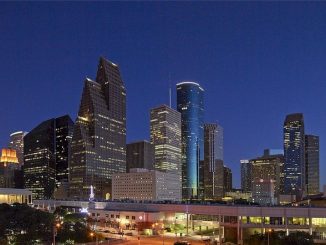
Back in June, the Houston Press ran a feature on Gonzalo Camacho, a traffic/civil engineer with a unique approach to TXDOT’s announced intentions to expand I-45 — tunneling. Here’s the gist of Camacho’s proposal:
There’s a little something for everyone in Camacho’s solution. Sinking a portion of I-45 into a tunnel eliminates the need for more right-of-way, the primary fear of frontline homeowners. A tunnel could be constructed faster than a typical highway and more cheaply than a depressed or stacked system — though a traditional flatland expressway is still the cheapest. Eliminating on- and off-ramps would make driving safer. And air treatment would help clean the skies by removing up to 90 percent of the solids in tunnel exhaust.
If all that doesn’t sway you, just wait for the colorful PowerPoint presentation. Simply stated: Tunnels look cool. And if you’re in the development game, think of those wide swaths of rubble that will need to be transformed after I-45 disappears underground.
After reading the Press present that recap for idiots swayed by the term “world class,” I pretty much dismissed the proposal.
That was a mistake. I was able to catch Camacho’s presentation myself on Friday at the weekly meeting of Barry Klein’s invaluable Houston Property Rights Association, and I have to say that Camacho strikes me as a serious man with a serious proposal.
Camacho makes the case that existing tunneling technology can be used right now to construct a 14 mile I-45 expansion. He claims that it would have a number of benefits to plans currently being considered by TXDOT, including cost (he says tunneling would be cheaper than any traditional road construction except for at-grade construction), the ability to create revenue streams (through traffic could be charged tolls for the convenience of using the limited-access tunnel), aesthetics (obvious), ability to use existing right of way, and limited environmental impact (air would be filtered, so effectively traffic would generate no pollution, not to mention that this type of construction wouldn’t cause drainage issues).
Camacho contends that a serious study of the proposal would cost about $300,000. Part of his pitch seems oriented towards generating support for such a study of the proposal. I’m not a civil or traffic engineer, so I can’t especially offer a truly educated critique of what Camacho proposes. But he makes a compelling case to a layman.
SUPPLEMENTAL: Camacho’s PowerPoint presentation.
(Old) Forum Comments (14)




